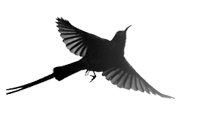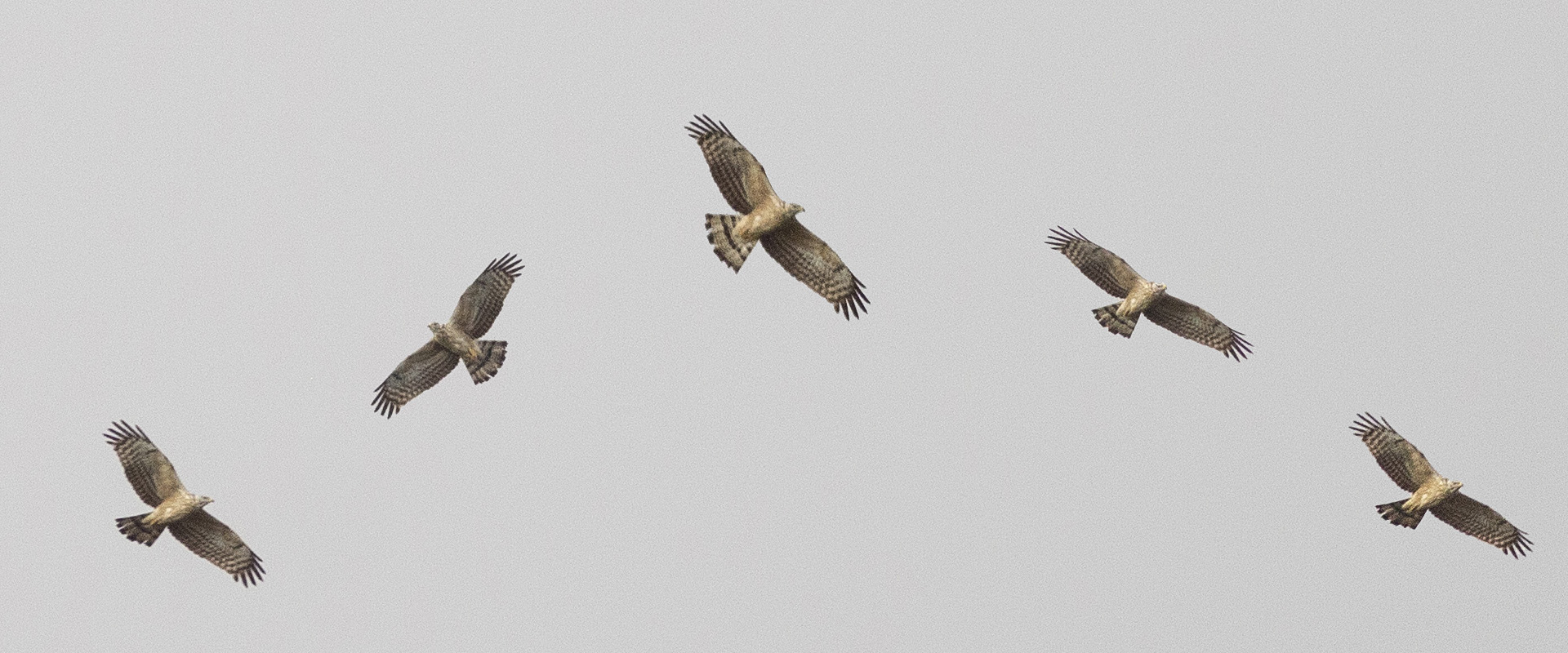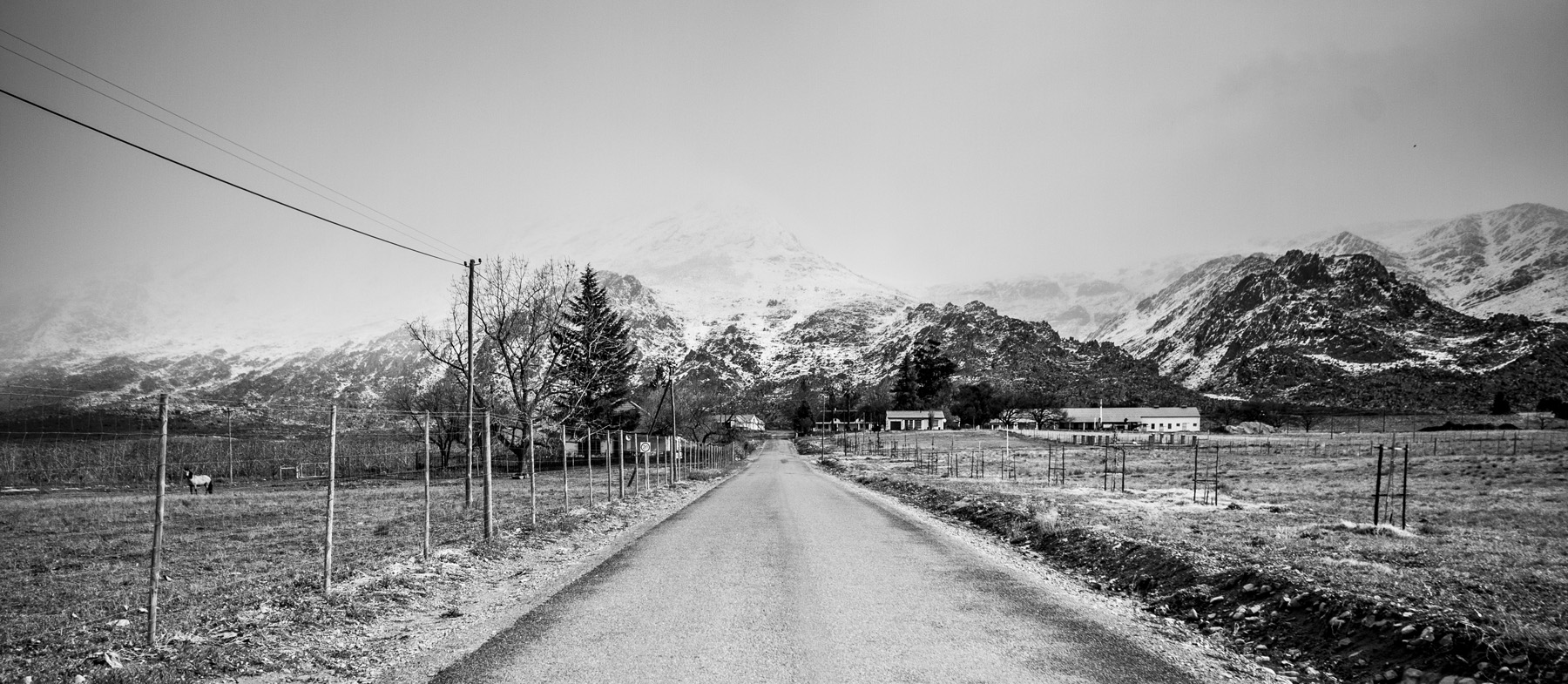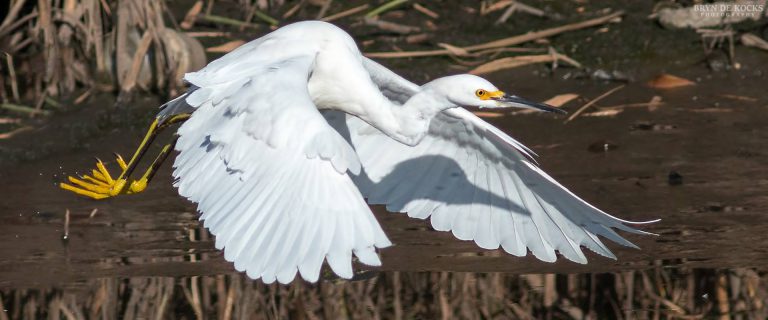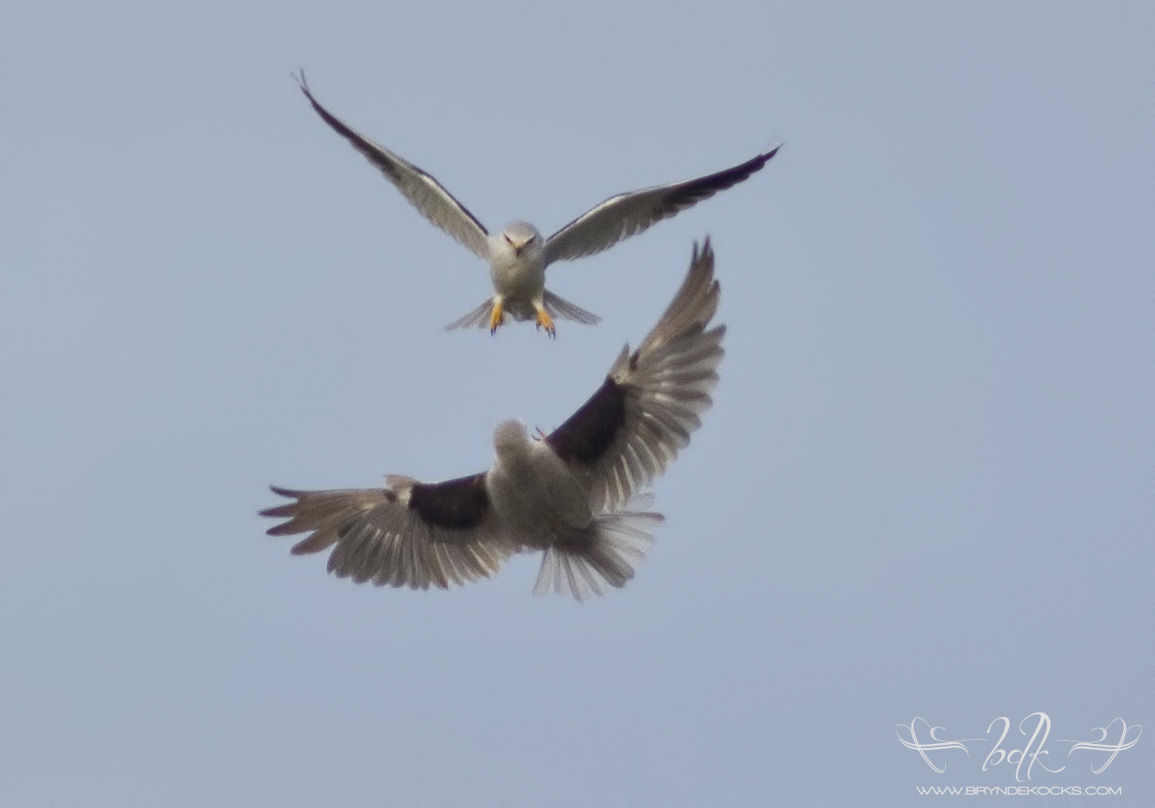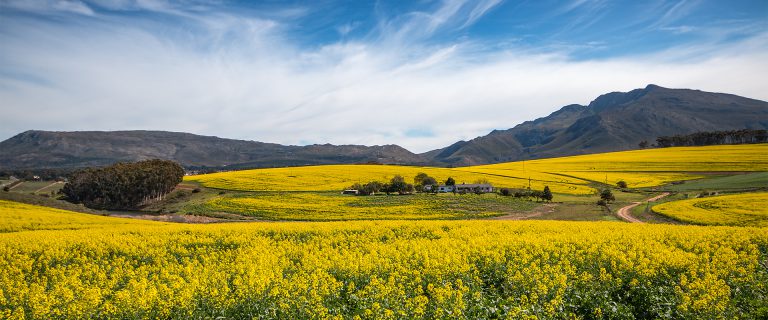What A Bird! Finding the Crested Honey Buzzard
It started out like almost any other Saturday, with the exception of a European Roller being located just outside of Stellenbosch. Milli and myself were excited for the opportunity for a new lifer (and one that had evaded me for far too long given its annual appearance in the province). After a 10-minute drive, we managed to pick up the bird on a distant tree within the Stellenbosch Golf Course shortly after arriving. The views weren’t all that good by any means, with a hazy, overcast, and glary lighting. However, the views were good enough to leave us with a sense of accomplishment as well as a new lifer.
Several hours later, in fact, much later than I remember it being, a message came through on the Rare Bird Alert of a Crested Honey Buzzard seen by Kate Morris, in Somerset West. A selection of images of this unique bird came through on the Cape Rare Bird Alert Telegram group. I had little knowledge of the identification, especially given that I’m not very well-traveled, nor had there been previous sightings in the country. I wasn’t unfamiliar with the species though, and recall the Central African sighting by Tertius Gous a few years earlier. It was all I needed to immediately jump in the car and go hunt.
The bird was initially seen over Lourensford Farm in Somerset West, just down the road from where I stay essentially. But if you’re a twitcher, you know exactly what it means to twitch a raptor. They are notoriously tough to track down after their initial sighting and this one was seen about 6 hours before the report went out (at no one’s fault, as a delay is often better than stringing for an uncertain ID).
Our plan was simple, fill up the car with petrol and drive around Somerset West until we relocate the bird. In theory, it sounded simple enough but after about an hour (although it felt much longer!) of weaving through the mansion-filled streets of upper Somerset West and open field we could find, we began to feel a little dejected and as though we’d never pick up the bird and it would be like so many other raptor sightings, where the bird is only ever seen that one time.

Spanish Farm has been a great spot for European Honey Buzzard in the area over the years, and we stopped on a couple of occasions to scan for this Crested Honey Buzzard at that location.
By late afternoon we had covered almost the entirety of Somerset West, and decided to give it another go at Spanish Farm. We got out of the car and started scanning the skies. There was little activity overhead until Milli spotted a couple of birds in the distance moving towards our direction. The birds were probably 300-400 meters away but I managed to grab some quick photos and give them some good views with the bins. I noticed some tail banding on both birds, which gave me a boost of confidence. I quickly turned my eyes to the back of my camera and got out my phone, trying to compare features (which was tough given the distance, and my less than ideal equipment). But after zooming into my “10-pixel image”, it was looking pretty damn good!
At this point, I was still unsure and decided to wait for some of the others to arrive and for some better pictures to be acquired before sending out any kind of broadcast (no one likes a stringer), and there is no shortage of African Harrier Hawk youngsters who can do a reasonable CHB impression from afar.
The bird continued to weave up and down between the trees up on the hill, at this point our viewing was being done from the road down below, with no knowledge of the accessibility up to what became the main viewing spot. Only once John Graham and Nick Fordyce arrived did we make our way up to the viewpoint.

By the time they arrived, the bird hadn’t been seen for about half an hour, but we made our way up the road nearby and met Tertius Gous who was already at the viewpoint watching for the bird.
Milli and I made the mistake of moving away from the viewpoint when soon after we were notified that the others had picked up the bird again at the same location, this time with good views and a confirmed ID. It was at this point that John sent out a message to the groups that the bird was present at the location. And so started what has been a massive twitch for countless different individuals from around the country.
Returning for more…
Considering my views had been sub-par, we returned the following day in the rain along with dozens of other birders, all hoping to get a view of the Crested Honey Buzzard. Unfortunately, despite the larger number of eyes on this day, the bird was a no-show.
Since then, however, the Crested Honey Buzzard has shown well in the late afternoons and evenings, to a huge number of people that made the trip. We finally got some second views 3 weeks after our discovery of the bird, the views were still sub-par, but at least the bird represents more than 1% of the image this time.
The bird has been most reliable in the hours of 16:00 to 18:00, with a few views after 18:00 as well.

The Distractions
While the Crested Honey Buzzard was certainly the target of the hunt, it was good to see a variety of raptors over the two dozen or so hours spent at the location. Raptor highlights were a group of three Rufous-breasted Sparrowhawks interacting with each other over the distant gum trees. There were also Peregrine Falcons, numerous Booted Eagles (both dark and light morph), African Harrier-Hawks, Jackal Buzzards, and a single rarity in the form of a European Honey Buzzard.

Hybrid or the Real Thing
Following the discovery and the initial set of photos, there was some argument as to the certainty of the ID. The bird in question, at this point, had only been photographed from a few angles and the images that were initially circulated to experts such as Dick Forsman, were limited in what they were able to show of the bird.
There grew quite a debate around the topic, with Dick Forsman initially suggesting it looked like a hybrid (backcross) leaning more towards the Crested Honey Buzzard in its genetic expressions.
However, following the number and increased detail in later photographs taken, we saw an influx of both global and regional experts giving their opinions on the bird. While our Crested Honey Buzzard will still need to be vetted by the Rarities Committee, the current consensus is that the bird is a legitimate 2CY individual.
A Historic Find
As with all sub-region firsts, this bird will go down as a massive bird for so many twitchers around the country. And the fact that it has been reliable for such an extended period, is something vagrant raptors don’t do too often.
So why do we twitch? I’m sure if you spoke to many twitchers you’d receive the same reply, in a tone and manner that is most convincing: “I just do it because I love the birds”. Perhaps even they themselves have grown to believe that is the sole purpose, but if that were so – why would we list?
There is an inherent desire in each of us, that wishes to be remembered in one way or another. And I feel for many birders, specifically twitchers, that desire comes in the form of being tied to a particular find or one’s own personal life list totals. I think it would be dishonest to deny that side of the thrill of twitching.
I mention all this to touch on how amazing of a find it was for me when we relocated the bird. And while all credit of the initial sighting goes to Kate Morris – it definitely feels great to know that the hard work we put into finding this bird will be left in the memories of so many birders, and the fact that I will always carry with me the story of how it all happened.
Some Real Images
Since my photographs don’t do a great job at really capturing the finer details, I’ve included below some embedded galleries from other birders who managed to do a better job.
